Hindi continues to be the most widely spoken Indian language in the US, followed by Gujarati, and Telugu.
In terms of absolute numbers, Hindi was the most spoken Indian language in the US. UU. With 8.74 lakh speakers as of July 1, 2018, reflecting a slight increase of 1.3% compared to 2017 figures. Over an eight year period, since 2010, the numbers have increased by 2.65 lakh, an increase of 43.5%.
However, in terms of percentage increase, the number of Telugu-speaking people far exceeded speakers of other Indian languages in the US. UU., Increasing 79.5% between 2010 and 2018.
Data (ACS) for 2018 (which measure the population of the U.S. as of July 1, 2018), recently published by the U.S. Census Bureau. UU., Show that 67.3 million US residents. In the US, over five years old (which includes native, legal and illegal immigrants) speak a language that is not English at home.
As part of the population, 21.9% of US residents. UU. They speak a foreign language at home; the percentage is only slightly higher than the 21.8% reflected in the 2017 data. The ACS survey is the largest conducted by the US government. UU. Each year and covers more than 2 million homes.
The Bengali-speaking American population in 3.75 lakh has shown an increase of almost 68% over the same eight year period. Then, those who speak Tamil show an increase of 67.5% to stand at 3.08 lakh as of July 1, 2018.
However, it should be borne in mind that people from countries other than India also speak Bengali (predominantly Bangladesh). Tamil is spoken in countries like Sri Lanka, Singapore and Malaysia. Immigration experts say the increase in the Bengali-speaking population may also be representative of a greater influx to the United States from Bangladesh.
Surprisingly, the number of people who speak Gujarati and Telugu has decreased slightly between 2017 and 2018. Those who speak Gujarati stood at 4.19 lakh, a 3.5% decrease from the previous year. And there were 4 Telugu Lakh speakers as of July 1, 2018, compared to a slightly higher figure of 4.15 lakh in the previous year (a decrease of 3.7%).
If the figures for 2010 are compared with those for 2018, the number of Telugu speakers increased from 2.23 lakh to 4 lakh, an increase of 79.5%. This is not surprising, since it is said that many of the employees in the technology sector come from Andhra Pradesh and.
The US Census Board UU. It does not provide a linguistic break with the country. As anecdotally said that a dominant percentage of the population that speaks Urdu and Punjabi in the United States comes primarily from Pakistan, TOI has ignored these statistics in its analysis.
The Center for Immigration Studies (CIS), a group of experts based in the United States, has published a report, based on census data. According to the CIS, the number of people who speak a language that is not English at home has more than doubled since 1990 and has almost tripled since 1980.
He notes that in the five largest cities in the United States, just under half (48%) of residents now speak a language that is not English in their homes. In New York, it is 49%; in Los Angeles it is 59%; in Chicago it is 36% and in Houston and Phoenix it is 59% and 38%, respectively.
To provide a global perspective, according to the CIS report, the largest numerical increase in those who speak a language other than English at home, between 2010 and 2018, occurred among Spanish speakers (up to 4.5 million), Chinese (up to 6.63 lakh) and Arabic (up to 3.94 lakh). The Hindi-speaking population with a numerical growth of 2.65 lakh, occupied the fifth position.
CIS has consistently pointed out that migrants must have knowledge of English to better assimilate. His report notes that of those who speak a foreign language at home, 25.6 million (or 38%) told the census office that they speak it less than very well. In its survey, the census office looks for information about English proficiency, if the respondent speaks another language at home.
However, English is not a challenge for most of those who speak Indian languages. For example, more than 80% of the population that speaks Hindi, Telugu and Tamil at home said they spoke English very well.

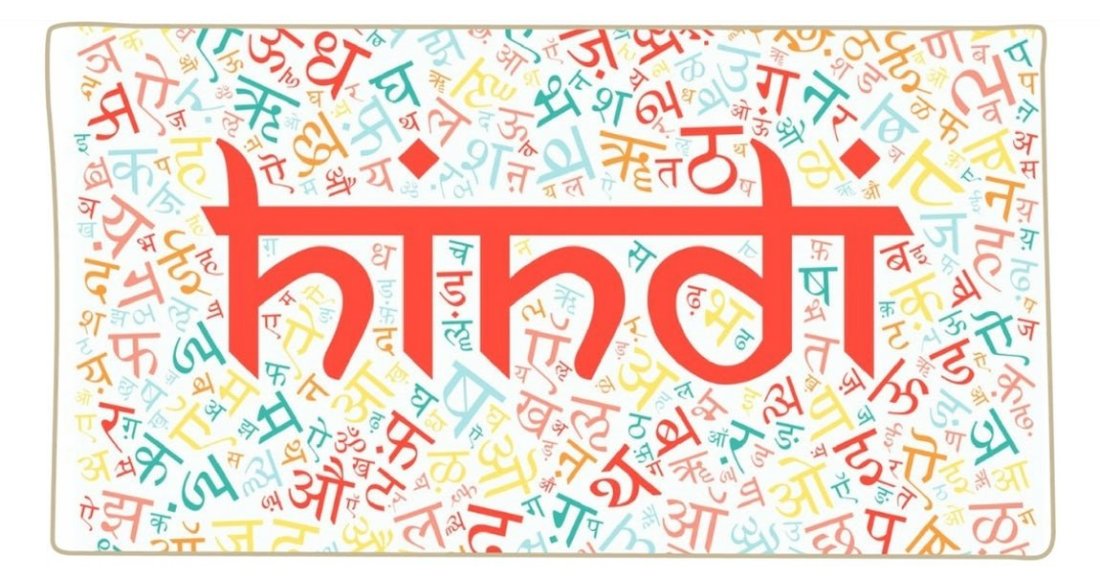


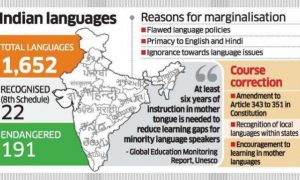



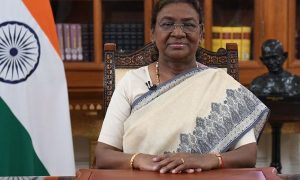







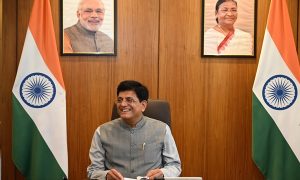



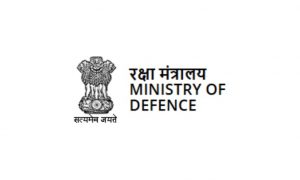



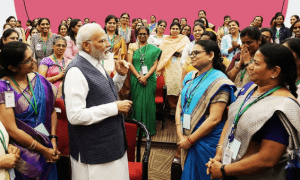

 WhatsApp us
WhatsApp us